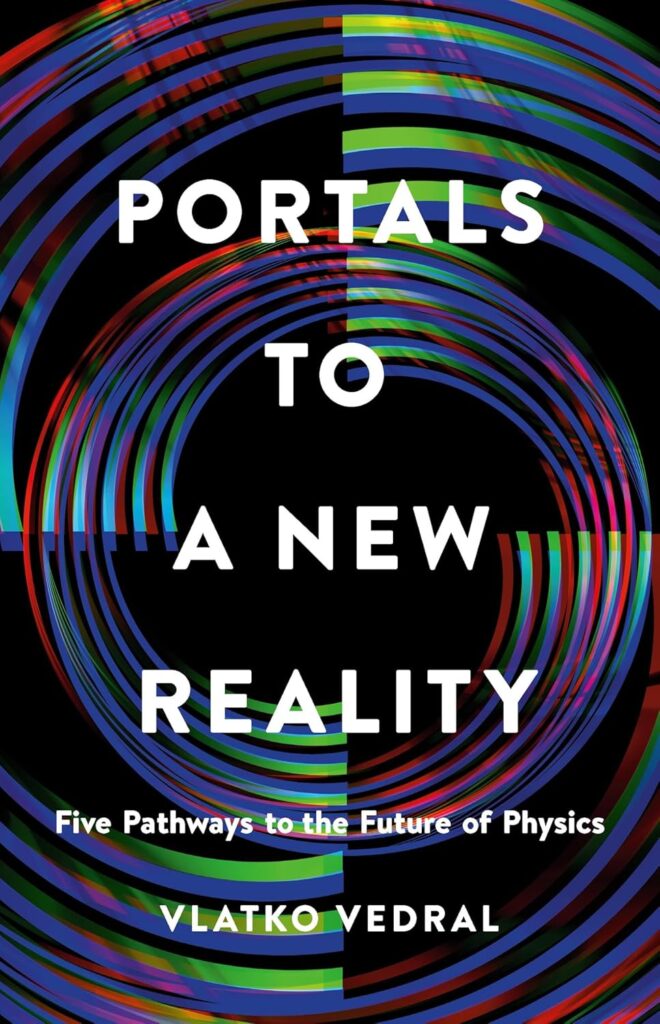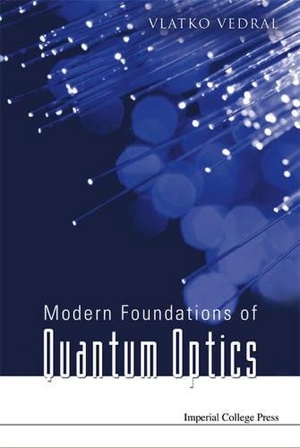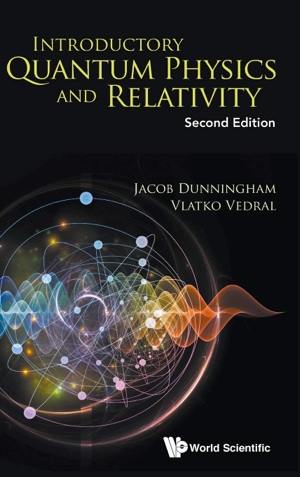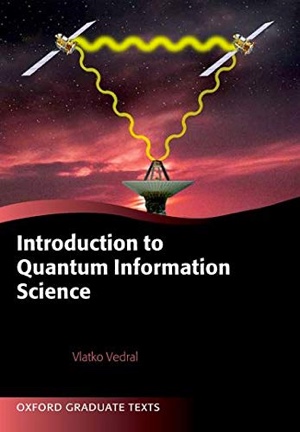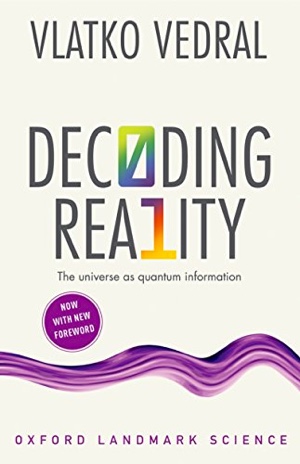Imaginary numbers as superpositions of reals (and the hydrogen molecule knows it!)
I’ll start this blog in a roundabout way, but – if you stick with me – I will hopefully arrive at something you’ll find exciting (of course, it’ll be quantum). I personally think it’s mind-blowing, though I’ve got no idea what to do with it 😊.
Remember Russell’s paradox? There is a village in which a barber shaves everyone who does not shave themselves. Does the barber shave himself?
If we assume that he does, then he shouldn’t (since he only shaves those that do not do it themselves). This forces us to conclude that he doesn’t shave himself, but then he ought to (since he does shave those that do not do it themselves). Hence a paradox; neither option can be consistent with the initial assumption of only shaving those that do not shave themselves.
Russell gave up mathematics when he came up with this paradox! (Sadly, he became a philosopher. I think it’d be much better if he became a pirate instead). Of course, he wasn’t bothered about barbers and shaving. It’s because the same paradox occurs in the set theory and Russell wanted the set theory to form the basis of all mathematics (this was around 1900s). Start with sets – which are just collections of objects, what could be simpler? – and out comes everything else in mathematics. It’s an amazing vision.
Unfortunately, it just wasn’t to be, the reason being that when we talk about sets of sets (i.e., the sets containing other sets), we quickly arrive at a barber-like paradox. Does the set containing all the sets that do not contain themselves actually contain itself? (What? I too needed to read this over and over again…but, if you persist, you’ll get there)?
You can see that both the barber and the set paradox rely on self-referencing. This just means that we talk about things that depend on themselves. Whenever we refer a statement to itself, we are bound to get something paradoxical. Consider this:
This sentence is wrong.
Think about it: the previous sentence refers to itself. If we assume that the sentence is right, then it must be wrong, but, if it is wrong, then – the opposite must be true – and it is therefore right! We can never get out of this infinite loop of flopping back and forth between right and wrong.
Now, Russell was depressed by this finding, and Gödel extended the idea to show that no finite mathematical framework can ever be both complete and consistent. If it is complete, it’s got to be inconsistent, namely there must be a paradox. Or, if you want it to be consistent, it’s then got to be incomplete (i.e., we can never capture all there is with mathematics!).
Some people say that this profound result – known as Gödel’s incompleteness – tells us about the ultimate limitations of mathematics. However, there is a different path to be taken here. And it has been taken by a small number of very creative people, J. W. Dunne, G. Spencer-Brown, D. Hofstadter, H. von Foerster, to name a few. Instead of avoiding self-referential statements for the fear of obtaining paradoxical conclusions, this path would be to embrace self-referencing and put it at the heart of one’s understanding. Dunne applied self-referencing to time, Spencer-Brown applied it to logic, Hofstadter applied it to consciousness, and von Foerster to observing the observers.
Now I want to use it to present a different twist on quantum superpositions. Let me borrow a beautiful example by Spencer-Brown to show you what I have in mind (this is from his book Laws of Form, which Russell said represented “a calculus of great power and simplicity. Not since Euclid’s Elements have we seen anything like it”). We are all familiar with the equation x2 + 1 = 0. We are all taught that the solutions are imaginary, i.e., the positive and the negative roots of -1.
However, says Spencer-Brown, there is another way of looking at this equation (this is the bit I found mind-blowing). We can write it as x = – 1/x. Now we have the x on both sides of the equation. It is self-referential. Assume that x=1 on the left-hand side of the equation. Then, the right-hand side tells us that it ought to be -1. Ok. So, assume that x is -1 on the left-hand side. But now, the right-hand side tells us that it ought to be 1 instead.
Rings a bell? If x shaves itself, it ought not to, and, if it doesn’t, then it must! Spencer-Brown concludes from this, not that there are no real solutions to the equation x2 + 1 = 0 (which is what everyone learns in school), but that the solutions are real, but they oscillate between +1 and -1 forever!!!
How cool is this? I mean, how effing coooool is this??!!
Spencer-Brown’s conclusion is that the ordinary logic gets us into paradoxes because it is static. Either something is true (angels in all triangles add up to two right angels) or it isn’t (Socrates was American) and this is not time-dependent. As soon as we allow dynamics (flopping between different values), however, there is no longer any problem of the Russell type or the need to introduce imaginary numbers. In fact, Spencer-Brown goes further. The world is dynamical, i.e., time flows, because the static states are paradoxical. Paradoxes which exist in stationary states force the world to evolve in time. What a great idea…
But now, I want to draw a different conclusion. And – you’ve guessed it – it’s gonna be about quantum mechanics. Notice that in the above equation, we need the solution to dynamically flop between the positive and the negative solution only because – classically – we cannot have both solutions at the same time. However, if we postulated the solution which is a superposition of the two values, |+1> + |-1> in the Dirac notation of quantum physics, then there would be no need to flop.
The state |+1> + |-1> is a steady state (we call them eigenstates in quantum physics) with respect to a logical negation. When we negate +1 we obtain -1, and when we negate -1 we obtain +1. But the state |+1> + |-1> when negated becomes |-1> + |+1>, which is the same state we started with! So, using the quantum notion of superposition, we can say that the imaginary number is simply a quantum superposition of the real number 1 and it’s negative -1.
I find this interesting because it never occurred to mathematicians that there is another way of solving the equation x2 + 1 = 0. And we’ve all been taught (from more or less 1600 onwards) that we need new kinds of numbers for this and the reals simply wouldn’t suffice. But, as it happens, this is not true. We could just superpose the two real solutions, +1 and -1, neither of which would do on its own, but taken together and at the same time, also does the job.
Nature in fact knows about this solution. Every time two hydrogen atoms bond into a molecule, the reason why they bond is that their respective electrons go into a superposition of belonging to each of the atoms. The hydrogen atoms actually solve the equation x2 + 1 = 0, by bonding into a molecule, in the way that the +1 and -1 states represent the electron belonging to one or the other of the atoms. Neither state gives us a molecule, which is only possible if we have the superposition of both. Chemists still call this bond a resonating valence bond, even though nothing resonates. There is no need for the flopping between the two atoms (it’s not like the electron staying at one atom says “oh, this state of affairs is paradoxical, I must immediately jump to the other atom”, only to realise that the state of affairs is equally bad over there, at the other atom, so that it must jump back). The whole of chemistry can be understood as quantum physics being engaged in solving the equation x2 + 1 = 0 by using superpositions of the two real solutions. Honestly, if you don’t find this exciting, you ain’t got no soul.
Only kidding (about the soul).
Sign up to my substack
BOOKS
ASK ME ANYTHING!
If you'd like to ask me a question or discuss my research then please get in touch.

